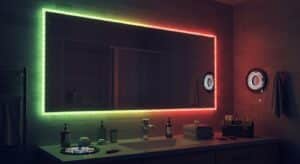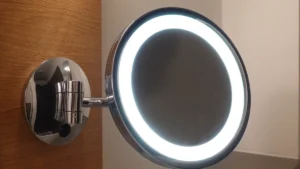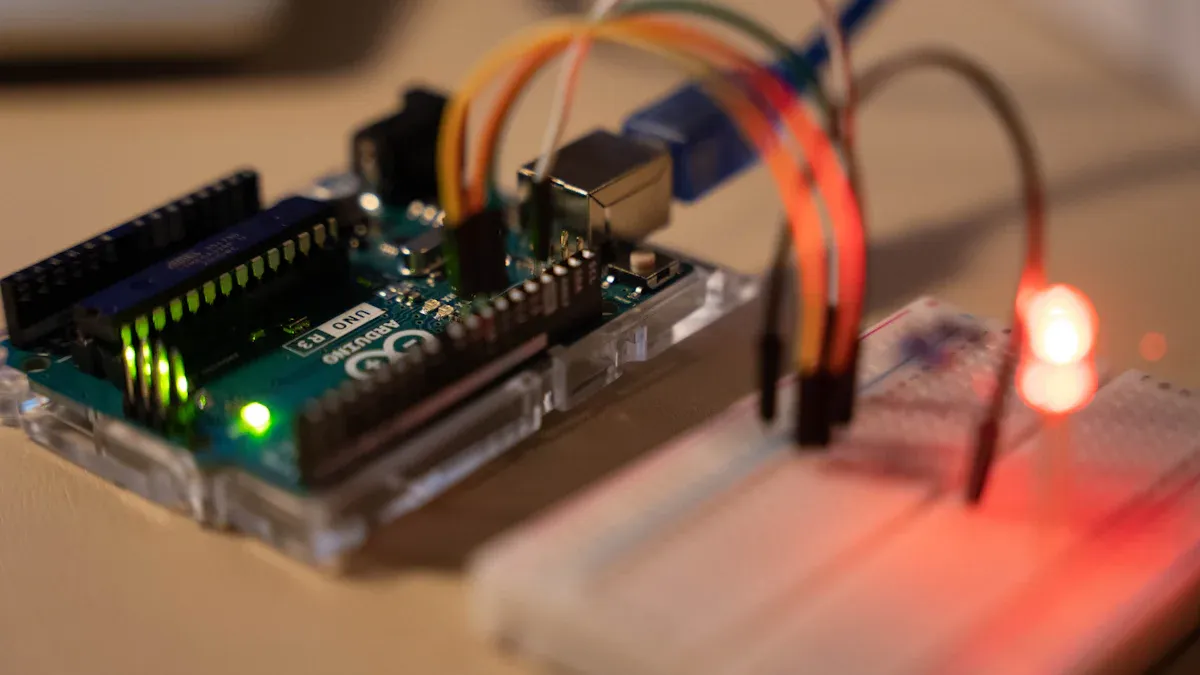
Have you ever thought about why LEDs last so long? The LED driver module makes this possible. It acts like the brain of LED lights. It controls power so LEDs get just enough to work well. This prevents overheating and keeps them bright. This smart control helps LEDs use less energy and last longer. New materials and smart tech make LED drivers safer and better. The LED driver market is growing fast and may reach $57.2 billion by 2033!
Key Takeaways
LED driver modules control power to LEDs. They help LEDs work well and last longer.
Picking the right LED driver, like constant current or constant voltage, is important for good lighting performance.
LED drivers have safety features, such as overcurrent and overvoltage protection. These features stop damage and make LED lights last longer.
What Is an LED Driver Module and Why Is It Important?
Definition and Core Functionality
An LED driver module works like the heart of LED lights. It gives LEDs the right power to work properly. Without it, LEDs might overheat, flicker, or stop working too soon. Think of it as a smart tool that adjusts power to fit the LEDs’ needs.
Here’s a simple breakdown of its main jobs:
Core Function | Description |
|---|---|
Current Regulation | Keeps current steady for clear displays, even in special designs. |
Power Management | Makes sure power stays stable to avoid display problems. |
Voltage Stability | Stops voltage changes from causing display issues or uneven current. |
Noise and Interference Suppression | Lowers power noise to keep displays working smoothly. |
Power Efficiency and Thermal Management | Handles heat and power to stop performance problems. |
Power Redundancy Design | Keeps the system running during power outages for reliability. |
High-Precision Current Adjustment | Adjusts current precisely to keep brightness and colors even. |
These features help the LED driver module keep LEDs working well and efficiently.
How LED Drivers Regulate Power for LEDs
LED drivers are key to controlling power for LEDs. They take high-voltage AC power from your home and turn it into low-voltage DC power. This makes sure LEDs stay within safe power limits.
Here’s how they work:
Conversion: Changes AC power into DC power, which LEDs need.
Regulation: Keeps voltage and current steady to avoid damage.
Efficiency: Most drivers work at 85%-95% efficiency, though dimming or color features may lower this slightly.
Without a driver, LEDs could get uneven power, causing flickering, overheating, or burnout. Drivers keep power steady so LEDs work their best.
Importance of LED Drivers in Prolonging LED Lifespan
Ever wonder why LEDs last longer than old bulbs? The secret is the LED driver. It controls power and stops problems like overcurrent or voltage spikes. This protects LEDs and helps them last much longer.
Here’s why this is important:
Prevents Overheating: LEDs make heat when they work. A good driver handles this heat to protect the LEDs.
Reduces Wear and Tear: Stable power means less stress on LEDs, helping them last longer.
Improves Reliability: Features like overvoltage protection and heat control keep LEDs working well over time.
In short, the LED driver module is the hidden hero of LED lights. It doesn’t just power LEDs; it protects them and helps you get the most out of your lighting system.
Types of LED Driver Modules
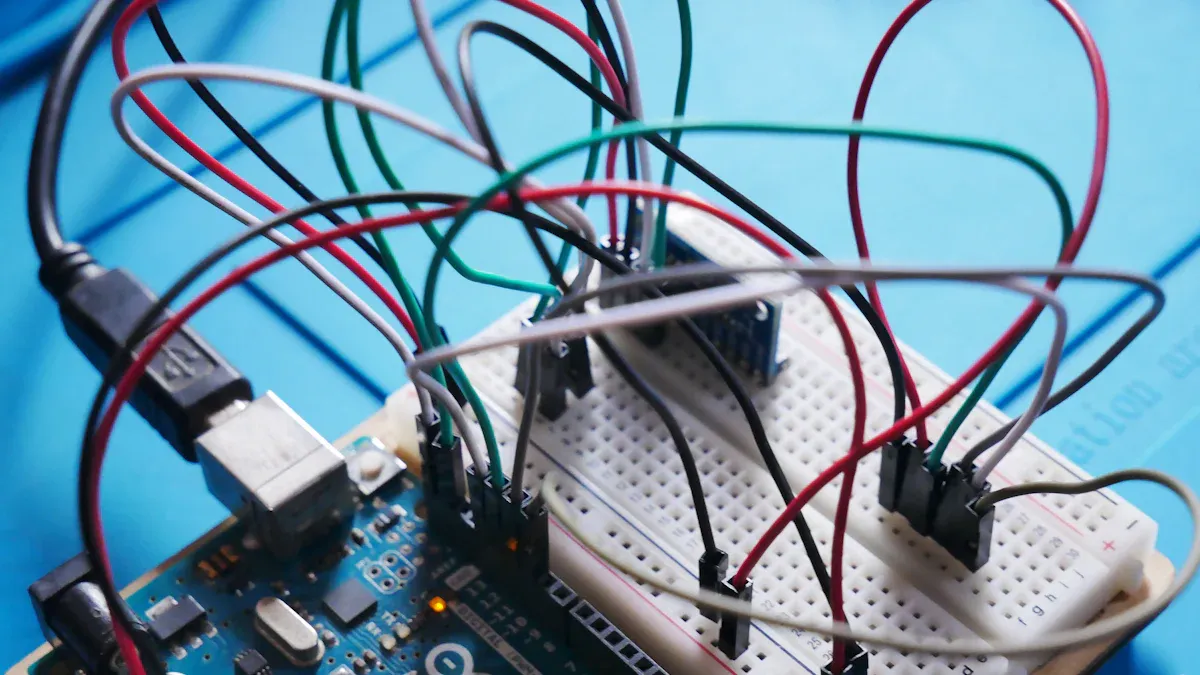
Not all LED drivers work the same way. Different types are made for specific uses. Whether it’s for your home, car, or business, there’s a driver for you. Let’s look at the three main types to help you decide.
Constant Current LED Drivers
A constant current driver gives steady power to your LEDs. It keeps the current fixed, so your LEDs stay bright and efficient. This type is great for high-power LEDs or setups needing stable brightness.
Here’s why constant current drivers are important:
They stop overheating, which can damage LEDs.
They keep all LEDs equally bright in your setup.
They help LEDs last longer by avoiding power changes.
Check out how they compare to constant voltage drivers:
Advantage | Constant Current Drivers | Constant Voltage Drivers |
|---|---|---|
Steady Current | Yes | No |
Better Efficiency | Yes | No |
Longer LED Life | Yes | No |
Stops Overheating | Yes | No |
Even Brightness | Yes | No |
Extra Parts Needed | No | Yes |
If you need strong, reliable lighting, constant current drivers are a great choice.
Constant Voltage LED Drivers
Constant voltage drivers work differently. They keep the voltage steady instead of the current. These are best for setups where LEDs are connected in parallel or have built-in current control.
Here’s why constant voltage drivers are useful:
They’re easy to use and cost less.
They work well with LED strips and decorative lights.
They allow flexible designs for big projects.
For example, they’re often used in commercial vehicles or setups with many LEDs. But remember, you might need extra parts to control current, which can make things more complex.
Dimmable LED Driver Modules
Dimmable drivers let you change how bright your lights are. You can make them dim for a cozy feel or bright for tasks. They come in both constant current and constant voltage types.
Here’s why dimmable drivers are great:
You can adjust brightness to fit your needs.
They save energy when full brightness isn’t needed.
They work with smart lighting systems for more control.
Dimmable drivers are perfect for homes, decorations, and places where lighting changes during the day.
Tip: Always check if your dimmable driver works with your LEDs and dimmer. Not all drivers match every dimming system.
Type of LED Driver Modules | Applications |
|---|---|
Constant Current LED Drivers | Passenger Car |
Constant Voltage LED Drivers | Commercial Vehicle |
Each type of driver has its own benefits. Knowing the differences helps you pick the best one for your LEDs.
Key Features of LED Driver Modules
Efficiency and Power Regulation
Efficiency is very important for LED lighting. A good LED driver module helps LEDs use energy smartly. This reduces waste and saves money. Modern drivers work at over 90% efficiency. This means less energy turns into heat. It lowers your electricity bill and helps the planet.
Here’s why these drivers are so efficient:
Feature | Benefit |
|---|---|
High-Efficiency Ratings | Cuts energy use and saves money. |
Power Factor Optimization | Uses electrical power better by reducing waste. |
Voltage and Current Regulation | Stops overheating, flickering, and early LED damage. |
By keeping voltage and current steady, LED drivers make lights work better. They also save energy and cut costs.
Safety Features (Overcurrent and Overvoltage Protection)
Safety matters with electrical devices, and LED drivers are no different. They have features like overcurrent and overvoltage protection to keep LEDs safe. Overvoltage protection stops LED chips from getting damaged. Overcurrent protection keeps the power supply working well.
Here’s a look at key safety features:
Protection Feature | Importance |
|---|---|
Overvoltage | Protects LED chips from harm. |
Overcurrent | Keeps power supply running smoothly. |
Short Circuit | Guards against circuit problems. |
Companies like Infineon show how these features work in real life. Their drivers handle up to 1.5A current and reach 98% efficiency. These safety tools protect LEDs and make them last longer.
Compatibility with Various LED Configurations
Not all LEDs are alike, so compatibility is key. A good LED driver module works with many LED setups. This includes LED strips, bulbs, and fixtures. Tools like Leviton’s selector help match drivers, bulbs, and dimmers easily.
For example, some drivers lower electromagnetic interference (EMI) in tricky systems. This keeps everything running smoothly. Whether it’s a small room or a big space, the right driver makes LEDs work perfectly.
Tip: Always check your LED driver’s specs to match your setup. This simple step avoids future problems.
Applications of LED Driver Modules
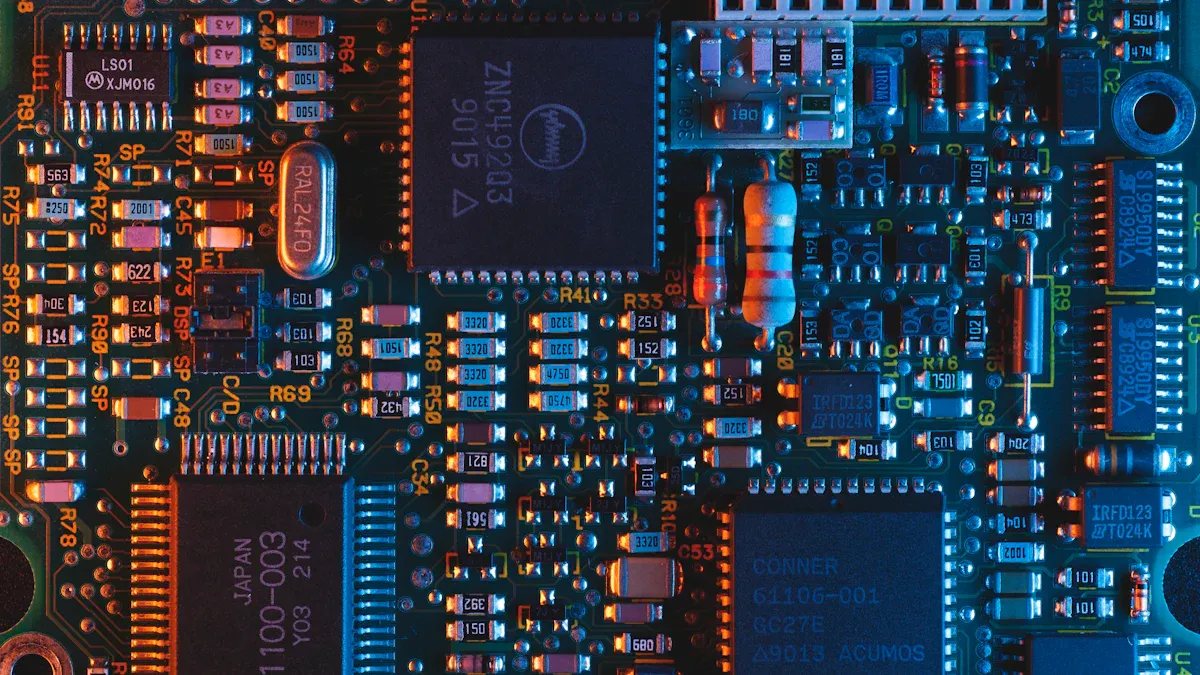
LED driver modules are used in many places. They power the lights you see every day. From homes to factories, they help LED lights work well and last longer. Let’s look at where LED drivers are used and why they matter.
Residential and Decorative Lighting
At home, LED drivers help create the right mood. They make living rooms cozy or kitchens bright for work. For decorative lights like LED strips or chandeliers, they keep brightness and colors steady.
For instance, constant current drivers are great for Type A-Lamps in homes. Constant voltage drivers work well for decorative lights like LED strips. This flexibility makes LED drivers important for modern lighting.
Luminaire Type | Driving Method | End Use |
|---|---|---|
Type A-Lamps | Constant Current LED Driver | Residential Lighting |
T-Lamps | Constant Voltage LED Driver | Commercial Lighting |
Integral LED Modules | Industrial Lighting | |
Other Luminaire Types | Outdoor And Traffic Lighting | |
Decorative Lights |
Tip: Always check if your LED driver matches your lights. This avoids flickering or uneven brightness.
Automotive and Outdoor Lighting
LED drivers are key for car and outdoor lights. They power headlights, taillights, and even inside car lights. Outside, they keep streetlights, floodlights, and garden lights bright and efficient.
Here’s how they help:
Energy Efficiency: They save power in big setups like parking lots.
Smart Features: Some drivers use Bluetooth for easy control.
Advanced Options: Systems like DALI let you adjust brightness and check for issues.
These features make LED drivers perfect for cars and outdoor spaces. They ensure lights are strong and energy-saving.
Commercial and Industrial LED Systems
In offices and factories, LED drivers power many lights. They are built for tough jobs and need little upkeep.
Main benefits include:
Long Life: Many last over 50,000 hours, cutting replacement costs.
Dependability: Standards like ANSI testing ensure they work well in hard conditions.
Eco-Friendly: Efficient drivers use less energy, helping the environment.
From stores to factories, LED drivers keep lights running smoothly and help businesses save money.
Note: Buying good LED drivers can make your lights last longer and save money over time.
LEDs need the right driver to work well and last long. These drivers keep lights bright, safe, and energy-saving. They are used in homes, cars, and factories. Their flexibility makes them useful everywhere. New features like adjustable lighting and better efficiency make them even better. Why not try one for your next project?
FAQ
What happens if I pick the wrong LED driver?
The wrong driver can make LEDs flicker or overheat. It might even break them. Always check if the driver fits your LEDs before buying.
Can one LED driver power many LEDs?
Yes, but only if the driver supports the total power and voltage of all LEDs. If not, some LEDs might be dimmer or stop working.
How can I tell if my LED driver is dimmable?
Check the label or product details for “dimmable.” If you’re unsure, ask the seller or manufacturer before purchasing.
Tip: Use dimmable drivers with matching dimmers for the best results.
See Also
A Beginner’s Overview of LED Modules and Their Uses
Selecting the Perfect LED Module for Your Project Needs
Exploring RGB LED Modules and Their Future Applications
An Insight into COB LED Strips and Their Functionality
The Impact of LED Modules on Signage Illumination

